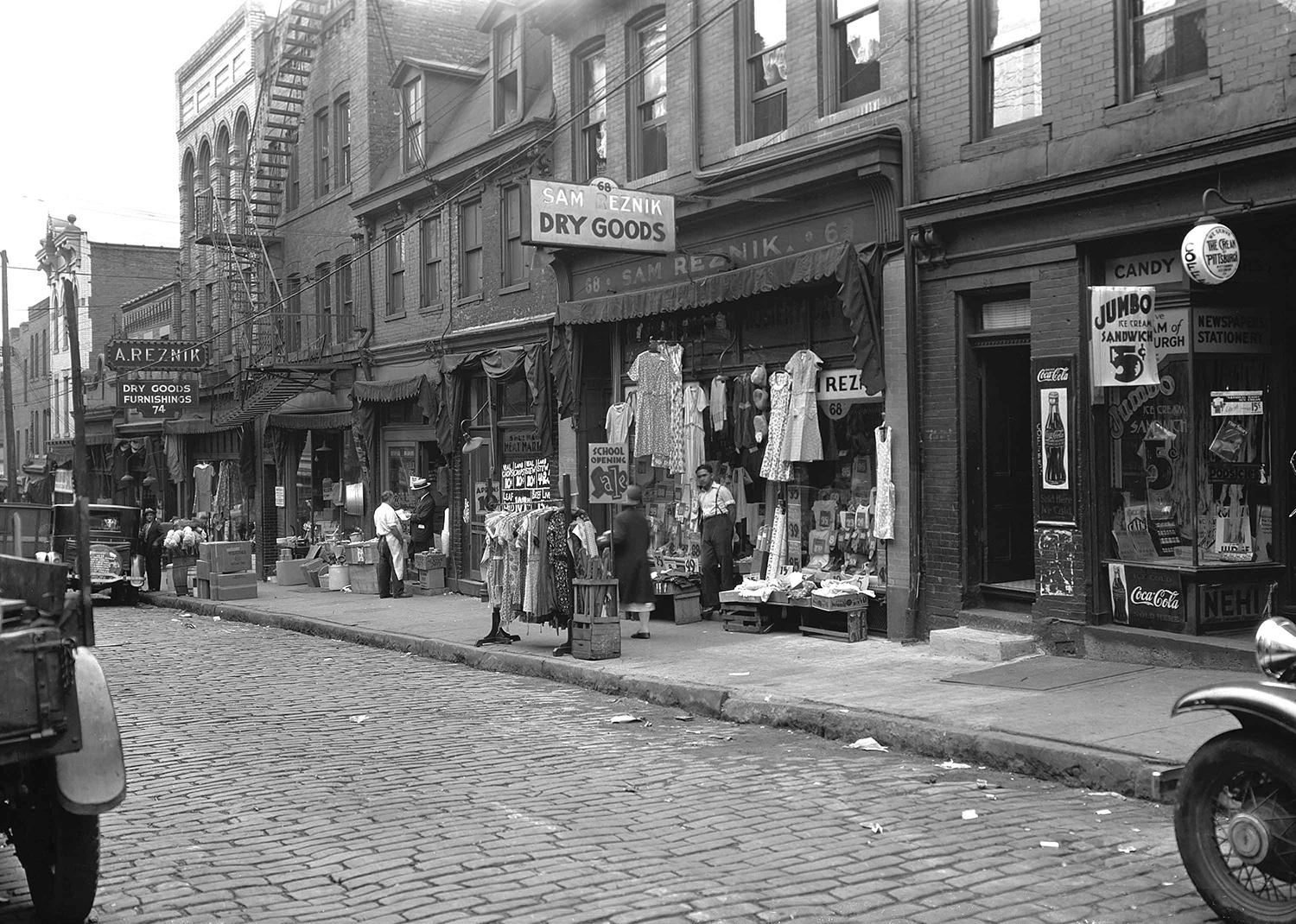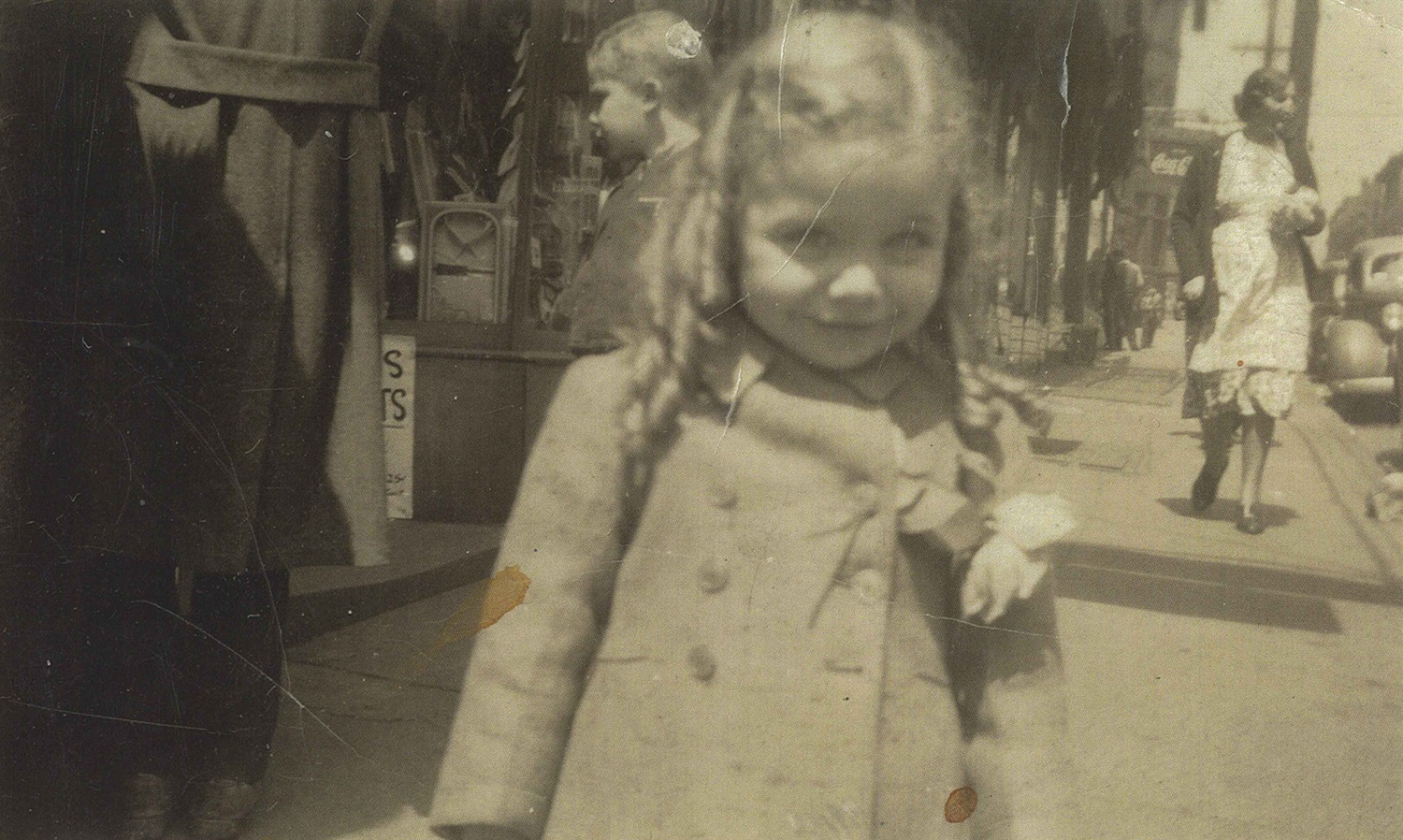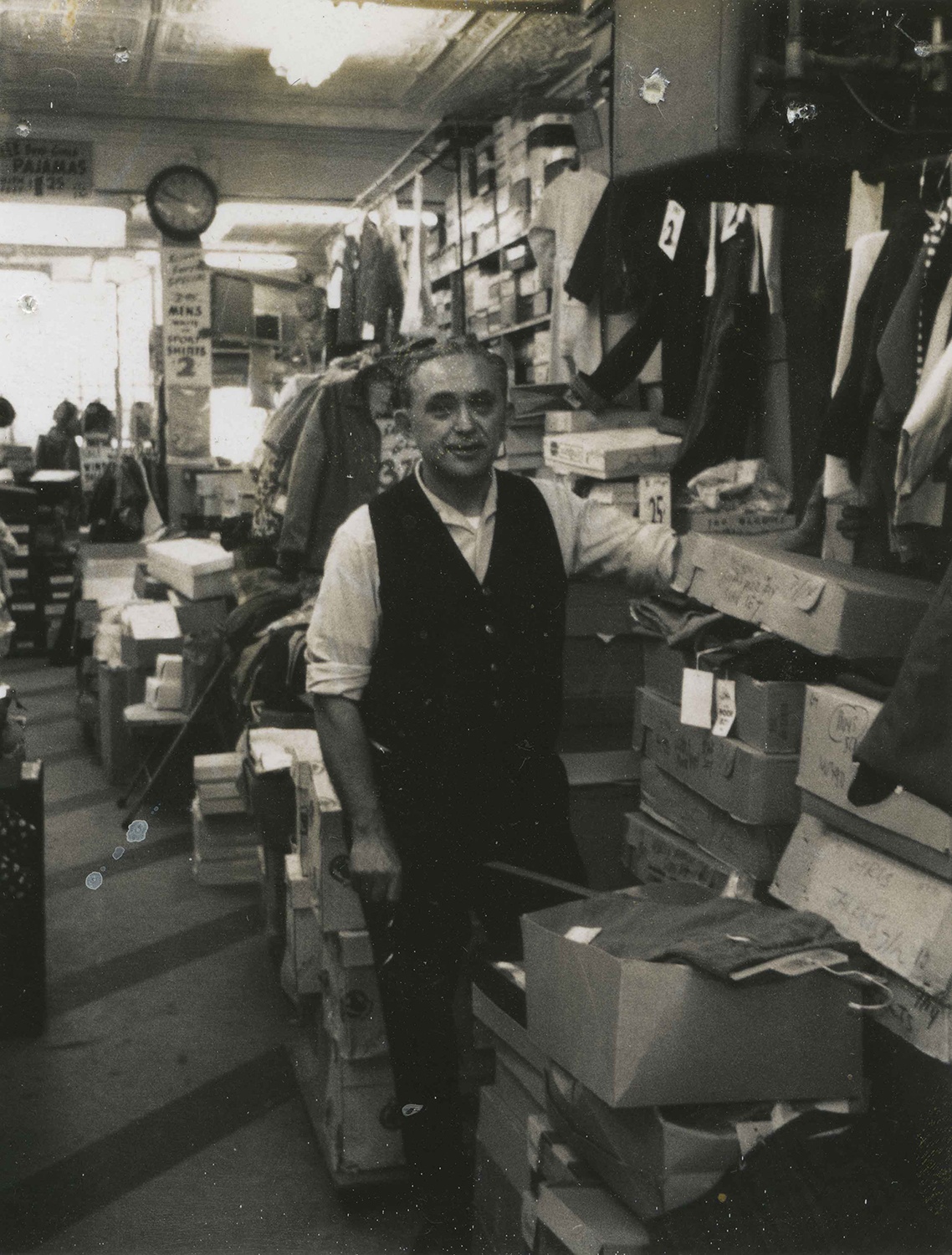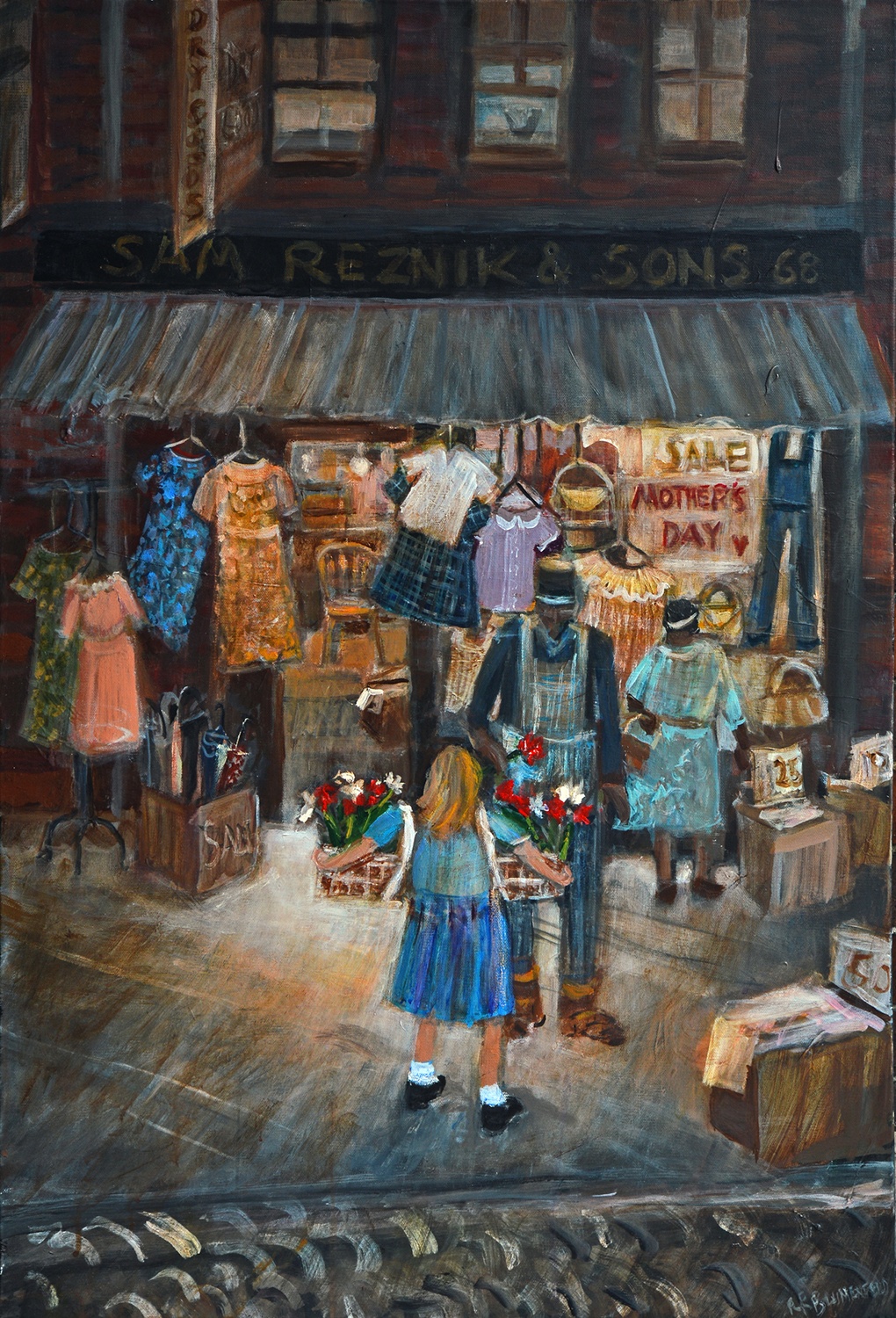
“Mother’s Day on Logan Street” tells three Pittsburgh stories. The first is the story of a childhood in the Lower Hill District. The second is the story of an artistic apprenticeship in a distinctly Jewish setting. The third is the story of a master looking back on her life.
About a decade ago, between other projects, Rochelle Blumenfeld began painting scenes from her childhood in the Hill District. Blumenfeld is best known as an abstract painter, but these were figurative. She had been inspired by conversations with her grandchildren, who wanted to know more about the one-time Jewish neighborhood. Starting from her memories and using historical photographs as support, she produced 14 paintings of the Lower Hill District in the late 1930s and early 1940s, in the final years of its Jewish era.
The entire series was first exhibited at the American Jewish Museum at the Jewish Community Center in Squirrel Hill in 2017. “Mother’s Day on Logan Street” is now on public view again, this time in the Barensfeld Gallery of the Heinz History Center as part of Master Visual Artists VII: Preserving the Legacy, on display through Sept. 13, 2020.
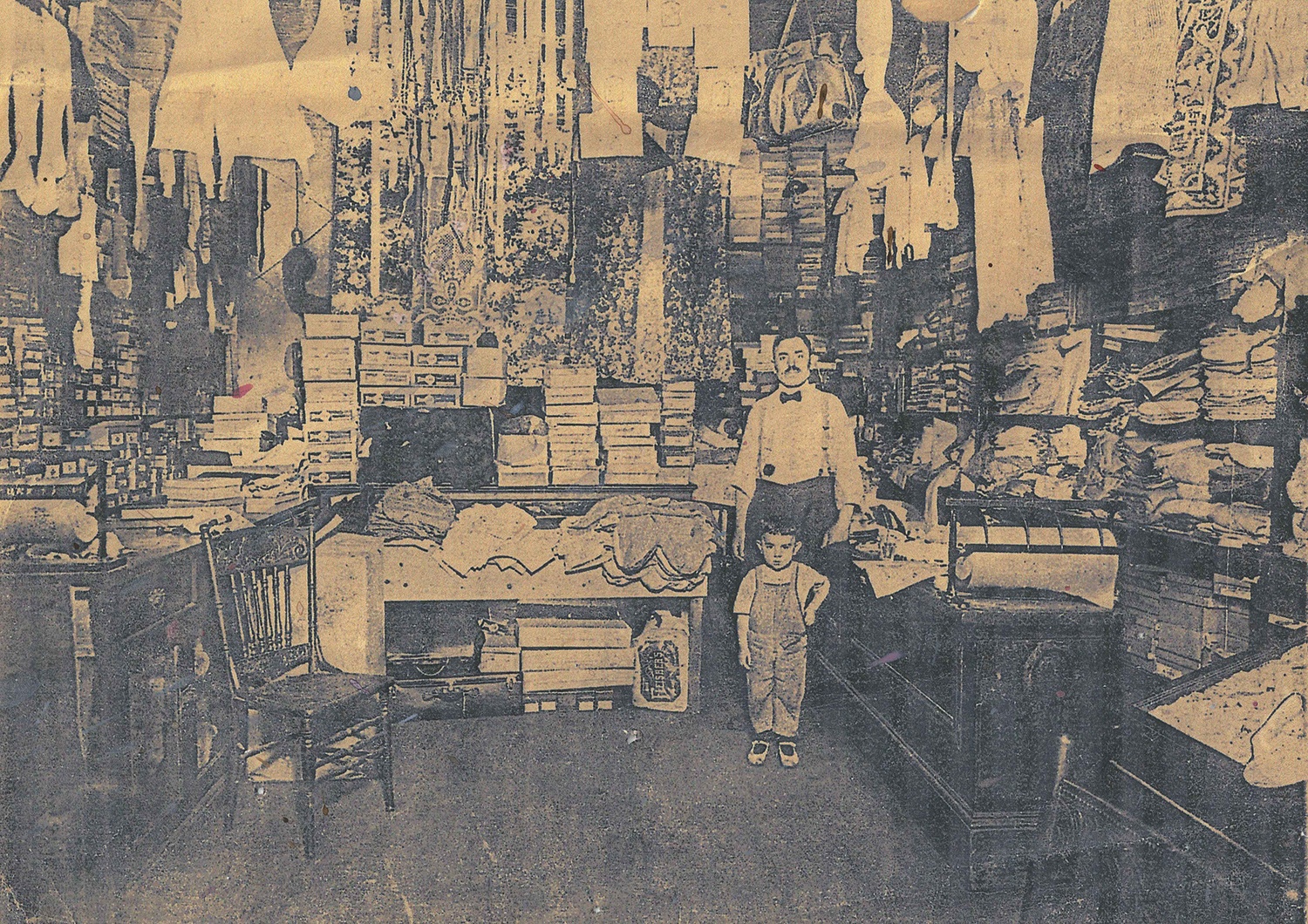
“I have a memory of being very young in front of that store…” Blumenfeld recalled in a 2014 oral history. “They had a box around my neck like a cigarette girl, and I had white carnations and red carnations. I walked up and down in front of the store, and I would say, ‘White if your mother is dead, red if your mother is living.’… It was a carnation, for Mother’s Day. It was for Mother’s Day… And then of course if they wanted the carnation they had to go into the store and pay for it… I was the advertisement.”
Blumenfeld’s childhood unfolded within a small radius. There was her father’s Reznik family on Logan Street and her mother’s Fairman family on Fullerton Street. There were the shops on Fifth Avenue and the Irene Kaufmann Settlement House on Center Avenue.
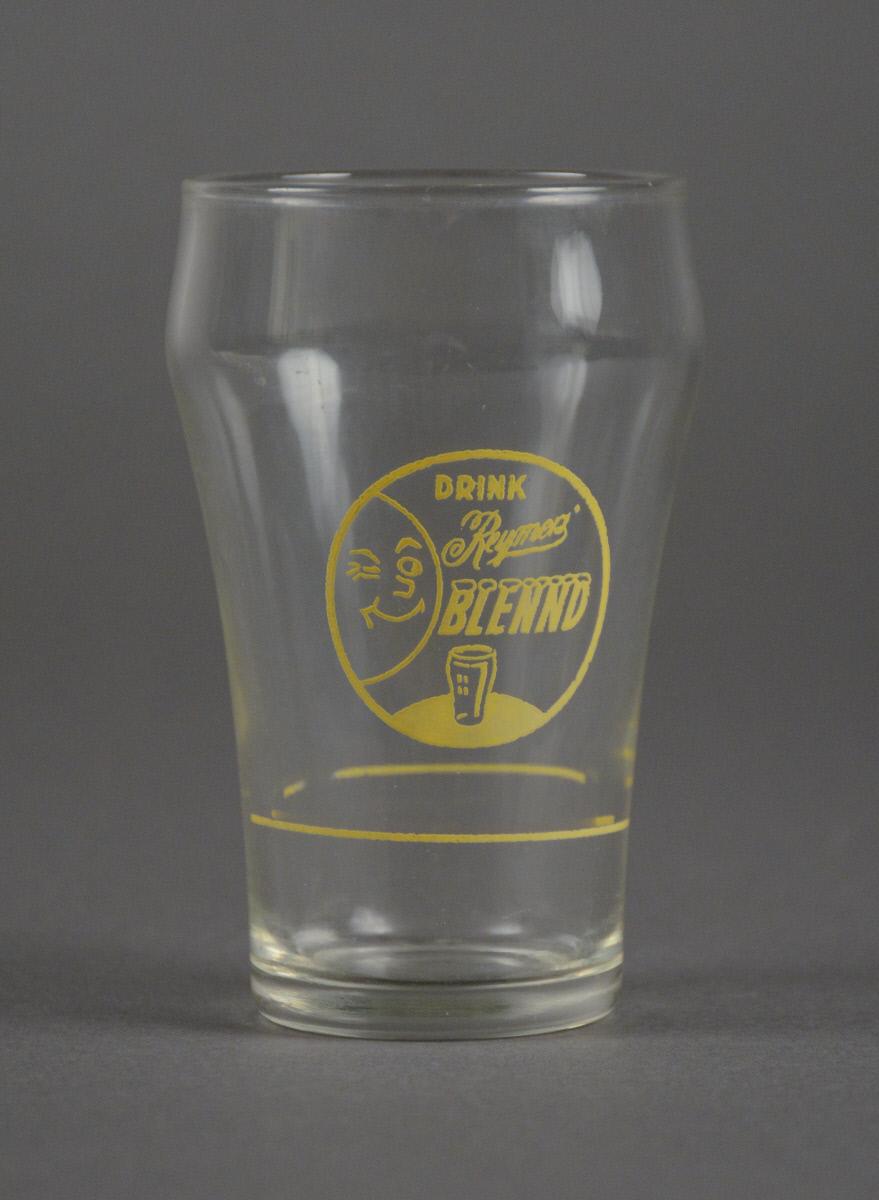
Her father, Lawrence Reznik, had an artistic sensibility. He briefly attended Columbia University before returning home to take night classes in advertising and design at the Carnegie Institute of Technology. From about 1934 to 1942, while working for the family store, he also painted signs for the Reymers Candy Company. According to family lore, he designed the iconic winking lemon for Reymer’s concentrate drink Lemon Blennd.
The Reznik and Fairman families both moved to Highland Park, following the local Jewish population as it migrated east. As a young married woman in the early 1950s, her husband overseas with the military, Blumenfeld took classes with Samuel Rosenberg at the Young Men & Women’s Hebrew Association on Bellefield Street in Oakland. She studied alongside future “master visual artists” Aaronel deRoy Gruber and Jane Haskell.
Known as the “Dean of Pittsburgh Painters” and beloved as an instructor, Rosenberg was also a product of the Hill District. He first gained national attention in the 1930s with his paintings of life in the neighborhood, produced in the forthright and impressionistic style of the Ashcan School. By the early 1950s, he was transitioning to abstraction, using classical techniques like “underpainting” to create a luminous quality to his canvases.
Blumenfeld took inspiration from those abstract works, developing an instantly recognizable style of shimmering, radiant, glowing forms. An excellent recent example of that style is “Prayer,” her other work on display in Master Visual Artists VII.
With her “Hill District Paintings,” Blumenfeld returned to her personal roots and also to the artistic roots of her teacher. But whereas Rosenberg’s realistic paintings had tried to make beauty out of the grit and poverty he witnessed in the Hill District during the Great Depression, Blumenfeld’s memory paintings transcend those hardships altogether. In paintings like “Mother’s Day on Logan Street,” the edges of neighborhood are just as sooty as one would expect from wartime Pittsburgh, but the windows of the buildings always glow from the remembered warmth of a childhood filled with familial affection.
Eric Lidji is the director of the Rauh Jewish History Program & Archives.
